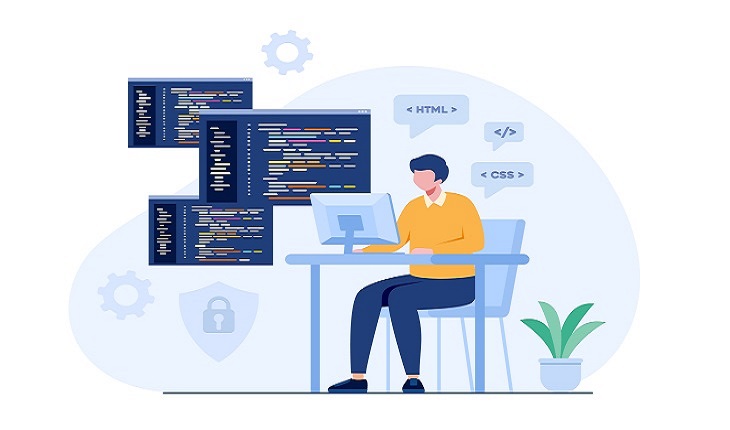
Online survey programming refers to the process of creating, designing, and implementing surveys that can be administered and completed over the internet. At NSMX, we design, program and host varied online research studies using a range of recognised online survey tools. We offer custom branding and can handle complex question and routing logic as well as interactive questions, images, audio and visual elements. Online survey programming can be done using various online survey platforms, software, and tools.
NSMX is continually evolving and improving survey design techniques that help make surveys more engaging, accessible and enjoyable. Our aim is to make each respondent feel that they must not participate in a survey just for the rewards but more importantly for the valuable experience.

Our creative and experienced team of engineers is proficient in using many survey programming tools, including –
Decipher (Beacon)
SPARQ
NetMR
LUMI
Sawtooth
Programming languages employed – MS SQL, ASP, Java, VB Script, DHTML, and Front Page.
While creating survey question consider the following-